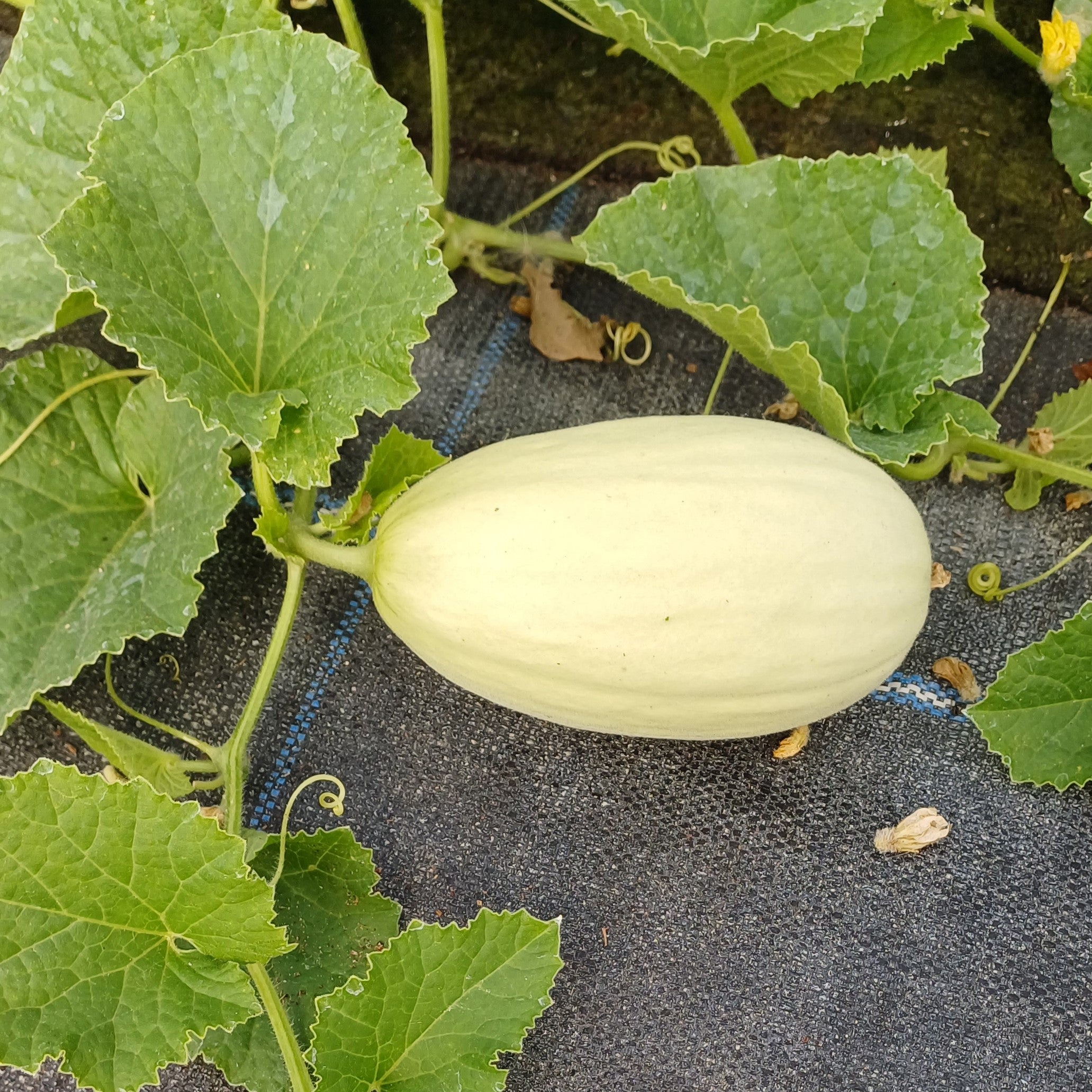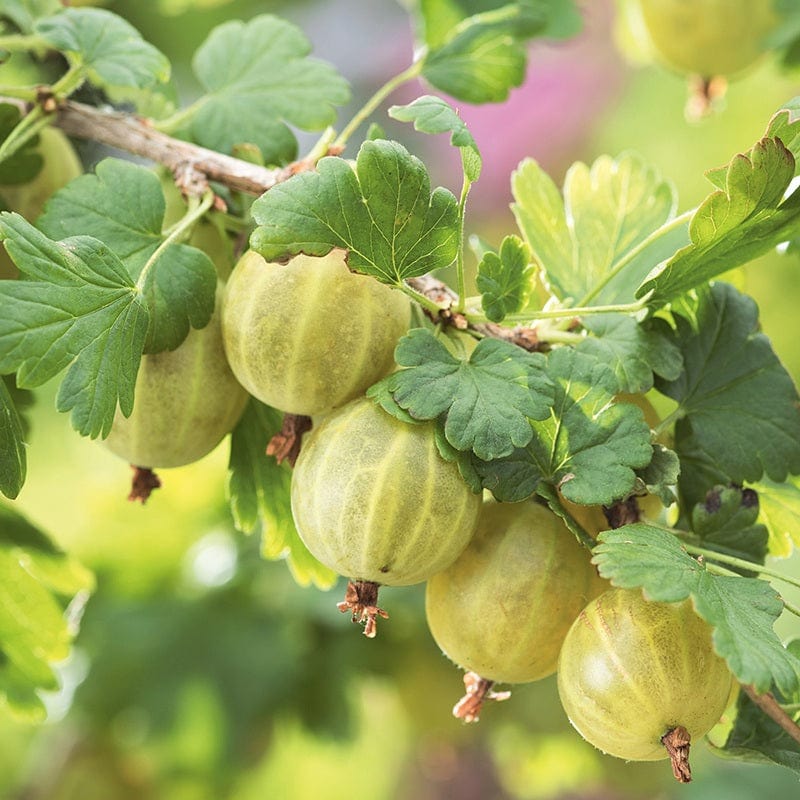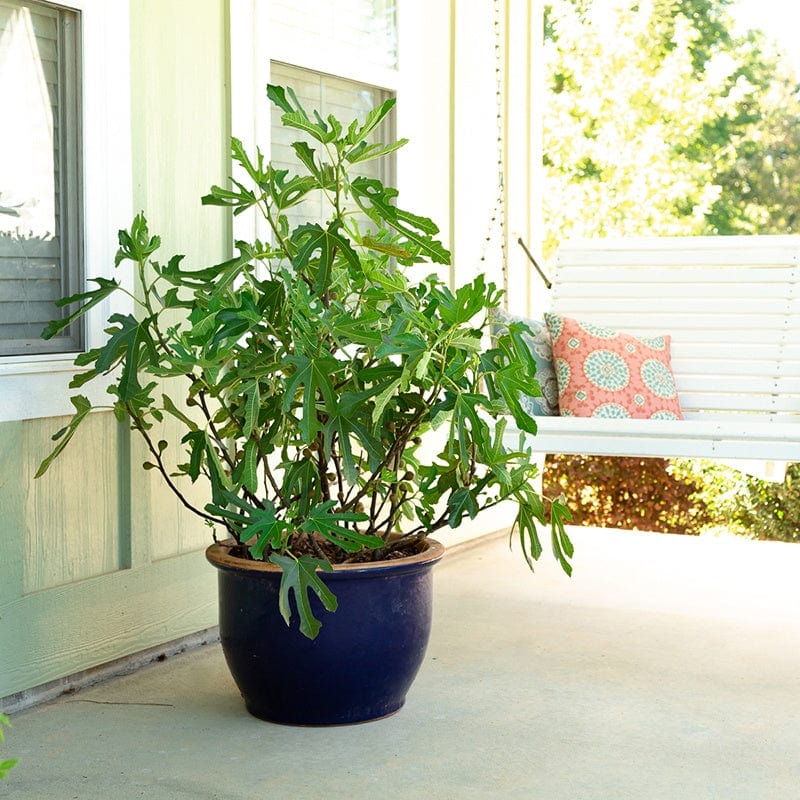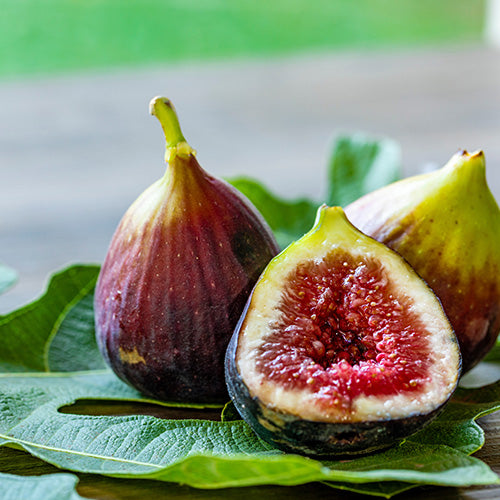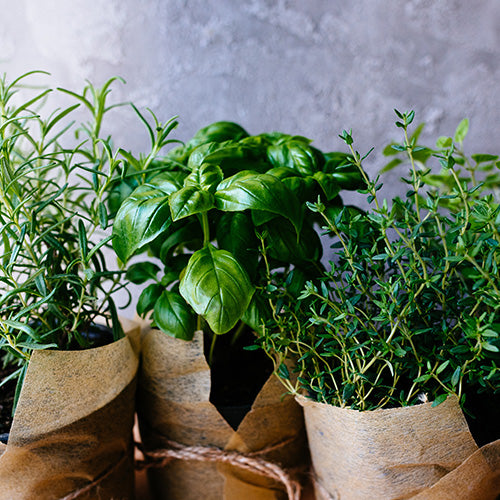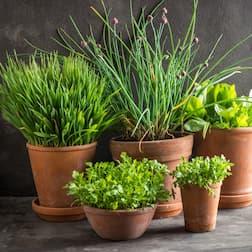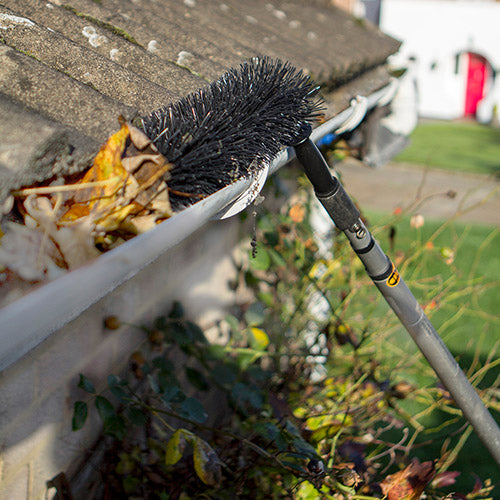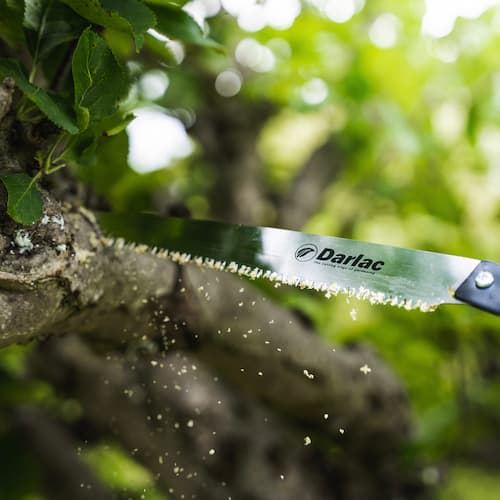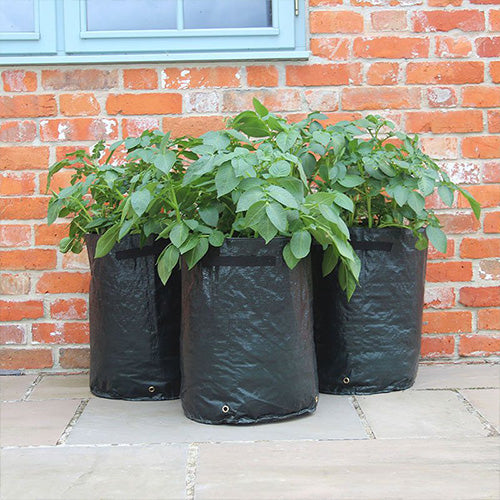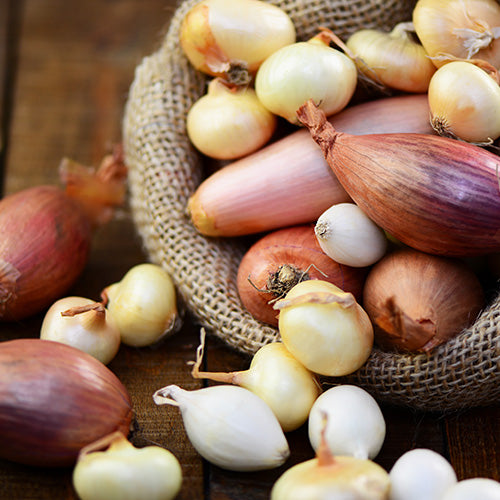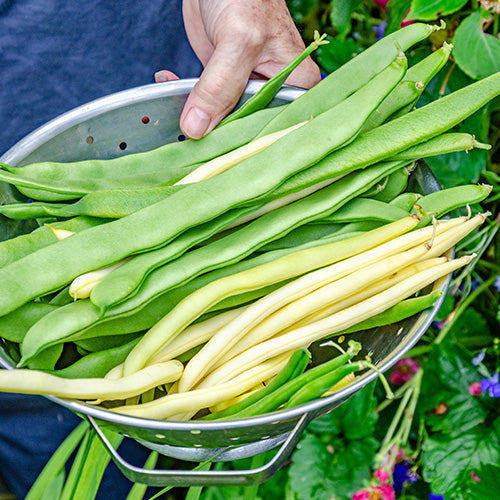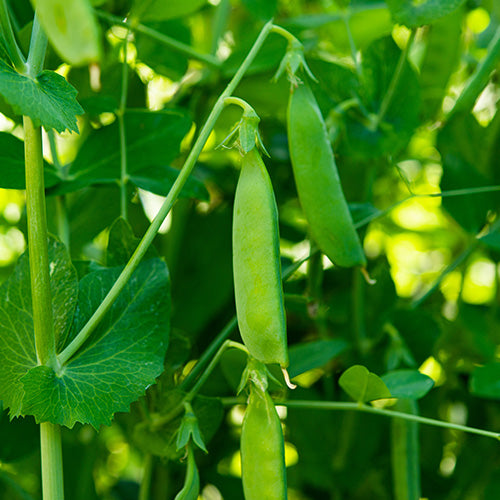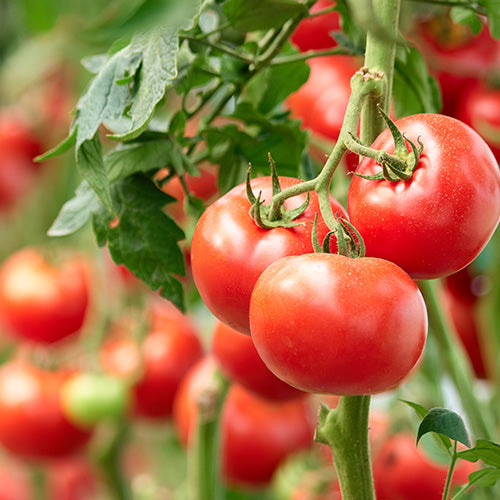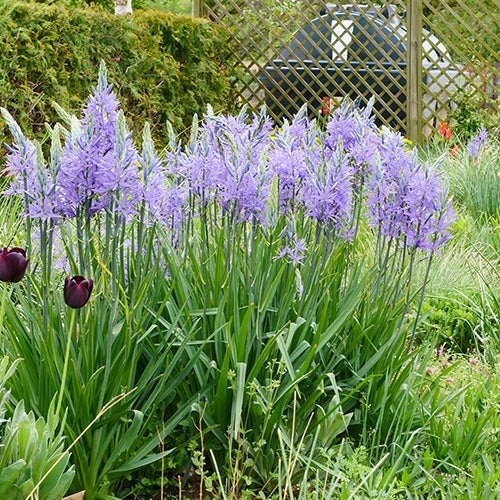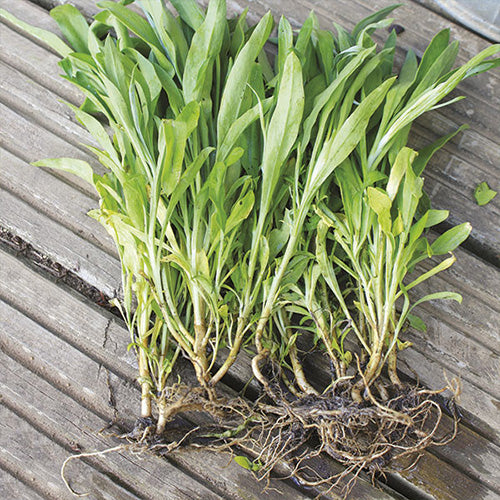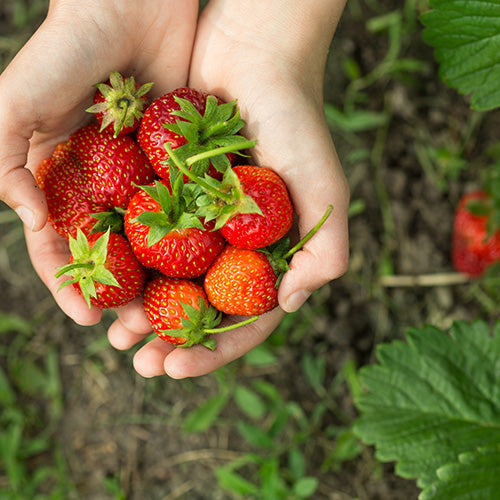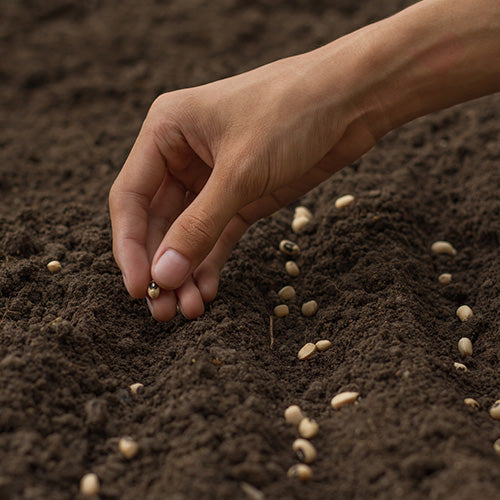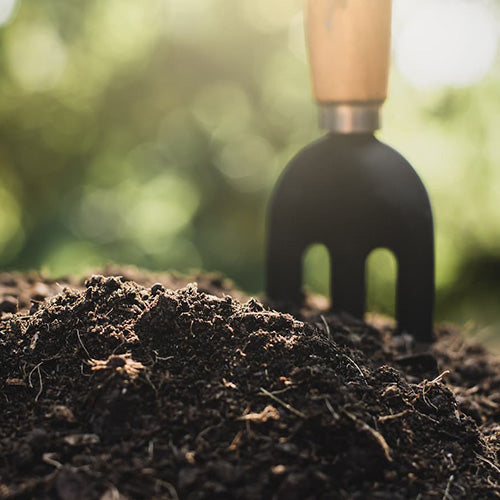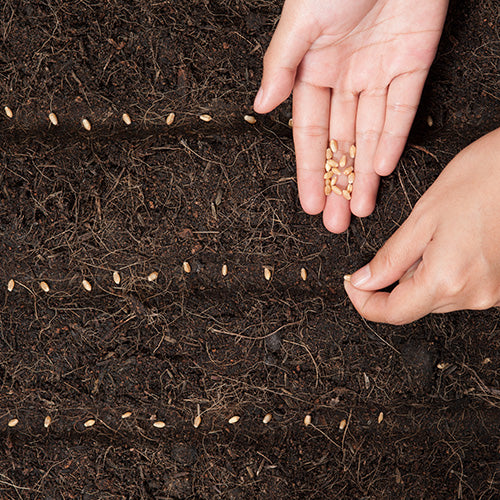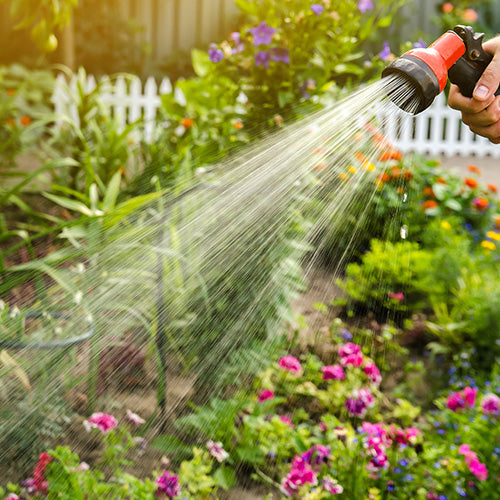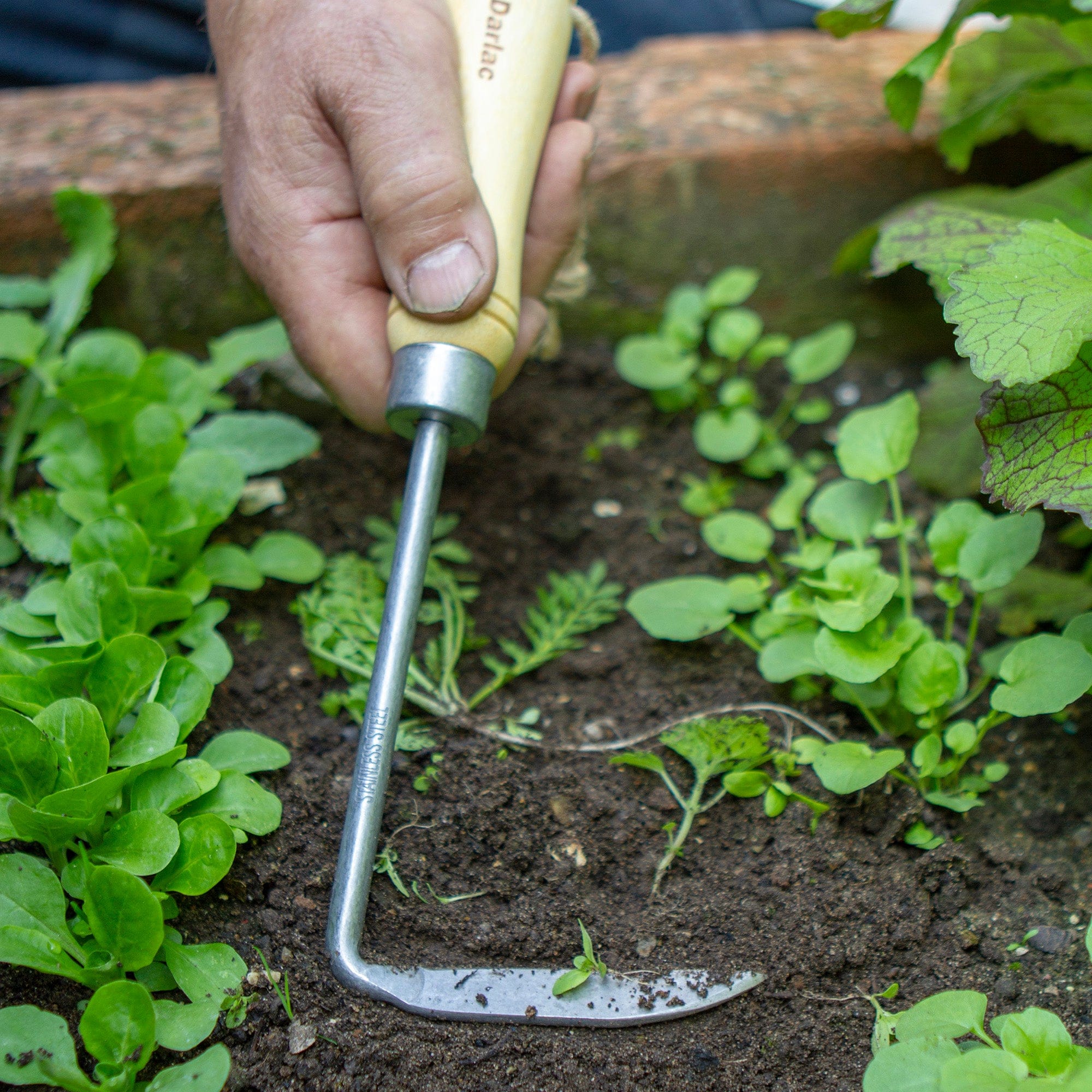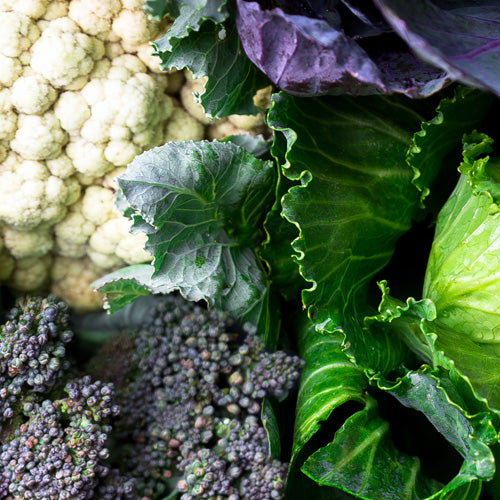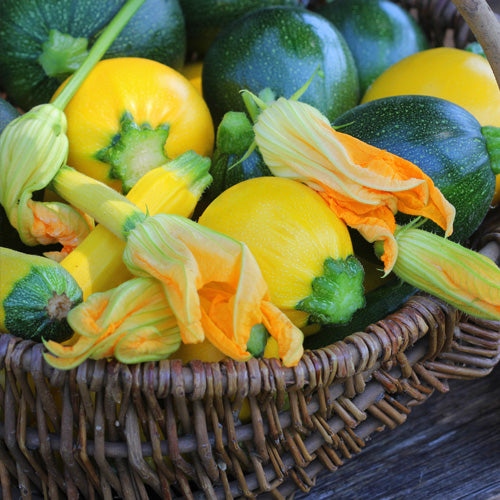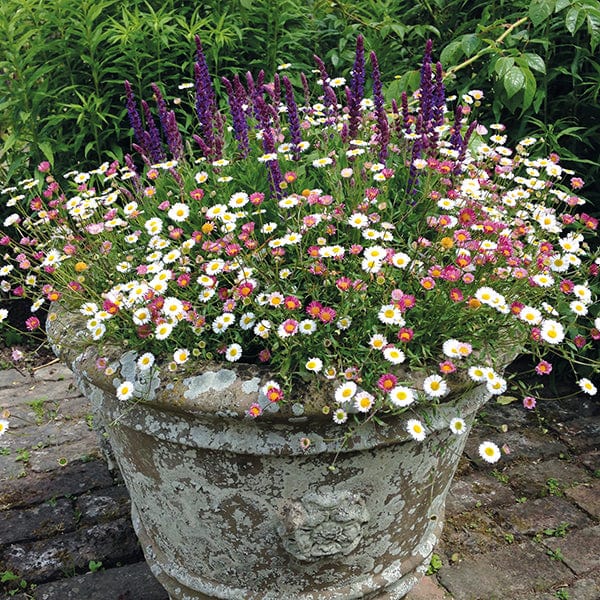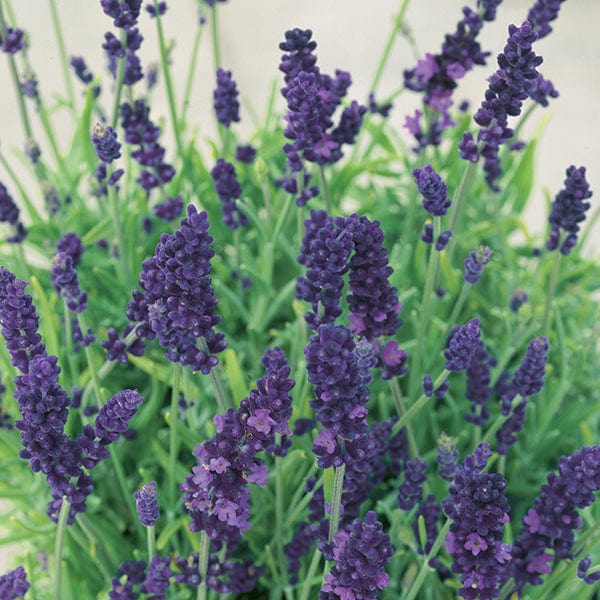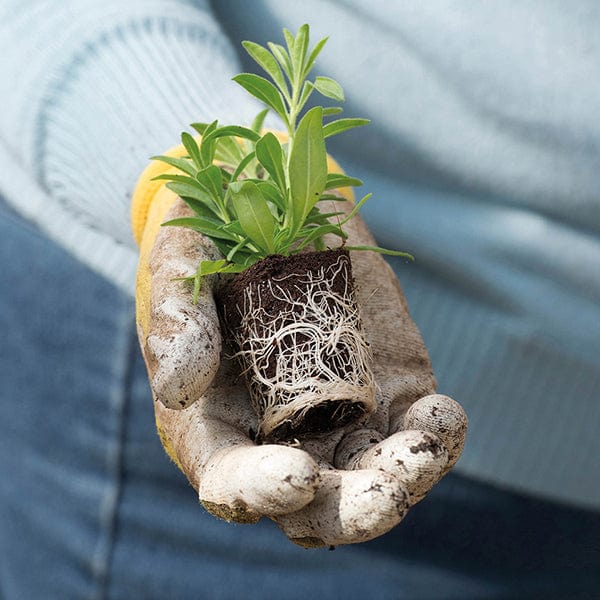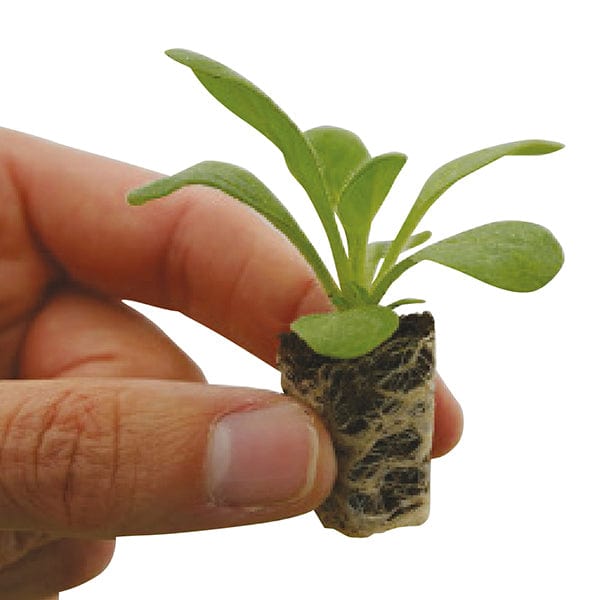We ran a survey and asked our valued customers to submit their top tips for successfully sowing and growing Carrots. Some of our favourites have been featured in our catalogues but we thought we would publish these online to allow other growers to benefit...
We must add that we haven't tried all of the hints and tips below but it may offer some insights to how other growers approach sowing and growing Carrots!
- Dig boreholes and fill with sifted fine compost/sand mix. Sow the seeds in this and keep weed free.
- Do not attempt to overwinter in a polytunnel as they go rapidly to seed by end April. Ground should be clear of stones and a good depth of compost then run a line with your finger and plant after wetting the row.
- Exhibition level carrots can be grown in open ground by making a hole about 30 or 40 cm deep with a metal bar or rake handle, rotate the bar so you end up with a hole around 75mm across the top. now fill the hole with seed compost (exhibition growers sow 3 or 4 seeds per station) snip off the weakest leaving the strongest carrot plant at each hole. A surprising amount of carrots can be grown in a very small area (15 or 20 cm centres).
- Plant in a deep planter, not in the ground. Even if you think you have cleared the ground of stones, they will move around and get in the way of your nice straight carrots.
- Half and half builders sand and garden compost. No fertiliser except potassium in low strength and not to plant with anything else. Water carefully.
- Sow them early before carrot fly are about. Amsterdam forcing variety of choice I have had some success sowing resistafly variety with maincrop variety.
- Feed with phosphate. Protect against carrot fly. Plant large marigolds around the bed to mask smell from carrot fly.
- Plant them in potato grow-bags. These are deep enough for good large carrots to form, they are protected from carrot fly and to some extent from slugs and other pests, and you can easily add plenty of grit to the compost to prevent forking and other mis-shapes. Just sow them in the top of the bag, cover lightly with compost and protect from birds if necessary until they are up. Thin as needed - thinning’s make good baby carrots.
- Grow chives or spring onions around the edge to prevent carrot fly. Also delay sowing carrots until after the carrot flies have start flying.
- Grow in a raised bed to beat carrot fly. Growing a few chives around them also confuses the scent for carrot fly.
- Dig a shallow trench and fill with cheap compost. Sow your seed in this with a light dusting of Fish blood and bone. This method holds the moisture and provides an easy bed for the beets to develop in. Best method if you have heavy clay soil like mine.
- When soil is damp? enough to hold its shape, use a space to create a "v" shaped trench along the sowing line. Fill this with a mixture of potting compost and sand. Water and then sow seeds into this mixture. Creates strong straight carrots and reduces need for weeding when seedlings are small.
- I always grow rows of carrots between alternate rows of spring onions or garlic - to disguise the smell and confuse the pesky carrot fly. If you don't have room for a raised bed then stump carrots will grow perfectly well in a large container.




